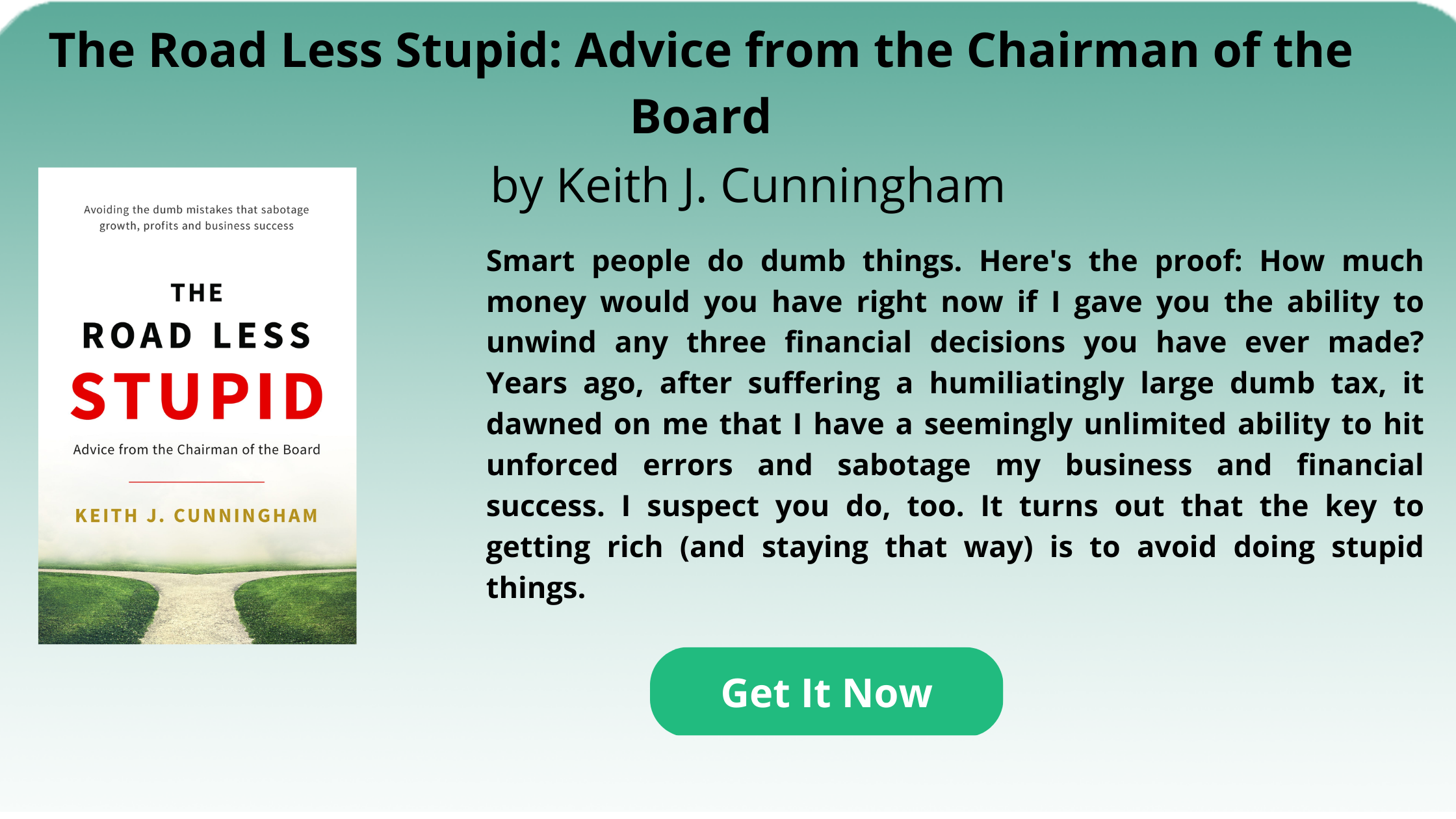In Part 1 of this series, “Preparing Your Runway for a Smooth Landing into Retirement”, we discussed four important areas to address in the development of a retirement plan, which was “Painting Your Picture”, determining your cash flow requirements, thinking through inflation assumptions, and determining your sources of income. There are nine other areas and/or issues to address that I think are important in completing a well-rounded plan.
Your Potential Risks in Retirement – I mentioned inflation is a potential risk in retirement, but so are health care costs (especially skilled nursing care), market risks, and personal liabilities. A good advisor can help educate you and explore your options for mitigating or reducing these risks. A good financial planner can also help you integrate these costly risks in a planning scenario to help determine its impact on your finances and how significant these risks may be.
Tapping Into Your Retirement Investments – How much you have accumulated in investment assets, and what type of accounts they are held in, will have an impact an overall withdrawal strategy for supplementing your income during retirement. How much you have accumulated in regular taxable investment accounts, and how much you have accumulated in tax deferred accounts such as 401k’s and IRA’s, impacts your income tax scenarios. It will give you an opportunity to plan carefully to maximize the tax efficiency of your withdrawals. It will also give you guidance as to whether you need to build up assets outside of those tax deferred accounts to accommodate major expenditures. If most of your assets are in 401k’s and IRA’s, and you have relatively little assets outside of them, can potentially create the risk of significant taxable withdrawals out of the tax-deferred accounts, if a major expenditure occurs. I discuss more on how to avoid this in the section below titled “Filling Your Buckets”.
Knowing Your Tolerance for Risk and the required Risk That You Need to Take – It has been over 10 years since our last “bear market” or a financial crisis. Arguably, we’re overdue, and besides, they’re inevitable. Many investors have lost sight of the concept of risk, the risk of their current investments, and the damage a significant and extended decline in retirement asset values, can cause on a retirement plan. Plus, knowing how much risk you are comfortable in emotionally enduring, will help you manage your investments and avoid the sleepless nights.
Yes, markets go up over time, but they decline over a much shorter period. Something to consider is devising a solid portfolio for retirement that will provide you a greater likelihood of not experiencing significant damage from a decline, especially near or at retirement, especially if you will be relying on them for income. Besides, it’s helpful knowing how much risk you really need to take to make your plan work.
Taking an Inventory of Your Assets– Building your retirement plan is a great opportunity to take an inventory of what assets you have accumulated, and evaluating those assets to see if they really make sense to own in your retirement years. An example of this might be life insurance policies that have accumulated cash values. Often times, life insurance is no longer needed and the cash balances could perhaps, be used to address a Long-Term Care Insurance policy. Another example is non-income producing investment property – Perhaps this property could be exchanged for an income investment property, if it makes sense. All of these assets must be carefully evaluated.
Getting Your Estate in Good Order – Having your estate in “good order” is a given at this point in your life. If you have not done any estate planning, then it is certainly advisable that you do so. Even if you have a living trust already in place, for instance, it might be a good exercise to have it looked at again, if you haven’t done so in a number of years. As you transition into retirement, your needs change, family dynamics change, and your estate plan may need to be readjusted. Including this step in you overall retirement plan may be a good thing to do.
Filling Your Buckets – One of the final steps in making your final approach of your retirement runway, is to make sure you have the right level of liquidity to accommodate your cash needs and to help create financial stability. Within efforts to properly plan your liquidity, it is often helpful to conceptualize your liquidity requirements in to buckets. There are a number of buckets that you could isolate, these commonly would be, an emergency savings bucket; a travel bucket; a major expenditure bucket for car purchases, a new roof on the house, etc.; and a retirement portfolio preservation bucket. Most of these buckets are self-explanatory, but one bucket that may be an unfamiliarity is the retirement portfolio preservation bucket. In retirement, if you are relying on your investment portfolios for regular withdrawals for accommodating your income needs, this bucket is established in case your investments experience a major decline for an extended period of time. The idea is that you would shut down your withdrawals, temporarily, and allow the investment assets to recover, helping to avoid any long-term damage. You would then, perhaps, utilize the preservation bucket for income, while your investments recover. Everyone’s needs are different, and some may find this concept more useful to consider. But it is a good idea to run through this planning step.
Stress Testing Your Scenario – Remember 2008? We all do. A lot was learned from it, including the realization that a major disruption from a scenario like that can cause on a retirement plan. Stress testing your retirement scenarios to see how sustainable your plan is, can be insightful. A common assumption to include good be a period of zero returns for say, the first 5 years of retirement can be useful. Never the less, the old adage of “plan for the worst and hope for the best” may apply here. It will help give you a better idea of how solid your plan is stacking up.
Eliminate Debt – This may be another obvious one, but a good general rule of thumb is to not have any debt going into retirement, including paying off your mortgage. Many retirees that got into serious financial trouble during the 2008 crisis, were ones that were relying on their investments for income and still had a mortgage overhead. This can create a few financial problems under this situation, and debt should be eliminated if possible, including your mortgage.
Setting the Date – Setting a few target dates for your retirement, ahead of time, is a good planning practice. This gives you a time frame to focus on and a goal of completing all of the suggestions above, and will not only allow you to build a solid runway for retirement, but will give you confidence in knowing whether or not you’re truly ready to finally make your landing, comfortably.
There are many things to consider when developing well thought out, solid retirement plan, even if you have been very successful in building your nest egg, so far. This is something to be mindful of, and also recognize it as an ongoing process, and that it is a process that takes time.
Feel free to email me with any questions or would like any material on this discussion. szeller@zellerkern.com.
Steve Zeller

Steven E. Zeller
Steven Zeller is a CERTIFIED FINANCIAL PLANNER™ professional, Accredited Investment Fiduciary®, Certified Exit Planner, practicing Wealth Advisor, and serves clients nationwide. He has over 24 years of experience within his profession. READ MORE
What Steve Writes About

I write about the latest thoughts and topics that impact high net worth families, individuals, and business owners. The building and sustainability of family wealth and a business is an exciting journey, and I have a passion to help them along the way to grow and thrive.
The latest book that Steve is reading. He reads, all he can, material relevant to the high net worth family and business owners, so that he may pass it onto his readers.




Connect With Steve